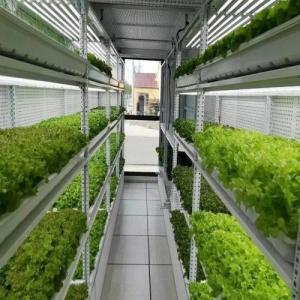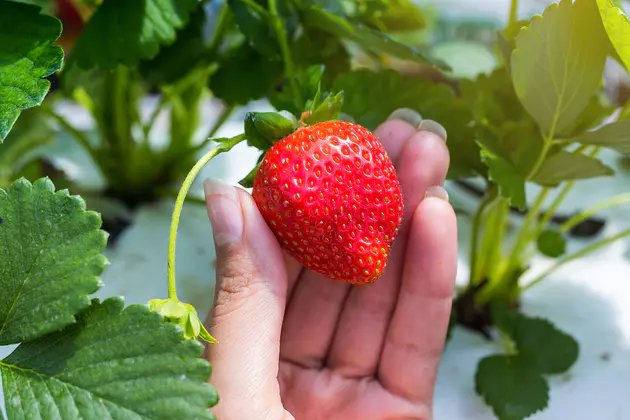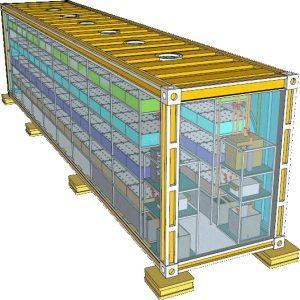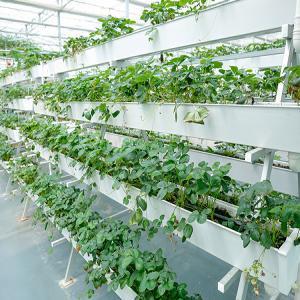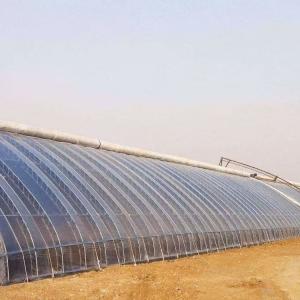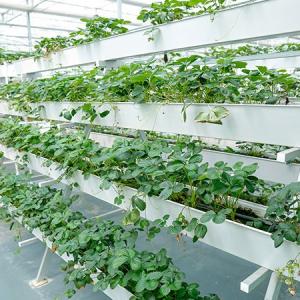Trends and Prospects of High-Quality Development in Smart Greenhouses
Greenhouse engineering is a core carrier for the development of facility agriculture and a "key workshop" in the industrialization, intellectualization, and digitalization of agriculture. Over the past 20 years, greenhouse engineering has achieved leapfrog development—from low-level to high-level, from a single space to systematic configuration, from simplified functions to diversified empowerment, and from labor-intensive to technology-intensive with "machine substitution + automatic control". This process has always been in sync with modern agriculture, adapting to its needs while driving its upgrading. Today, facility agriculture represented by greenhouse engineering has become a new symbol of modern agriculture, a demonstration window for high-tech agricultural technologies, and a benchmark for improving labor productivity, land output rate, and comprehensive efficiency. With the deepening of industrial poverty alleviation and the advancement of rural revitalization, greenhouse engineering has entered a period of rapid development, with clear transformation trends emerging:
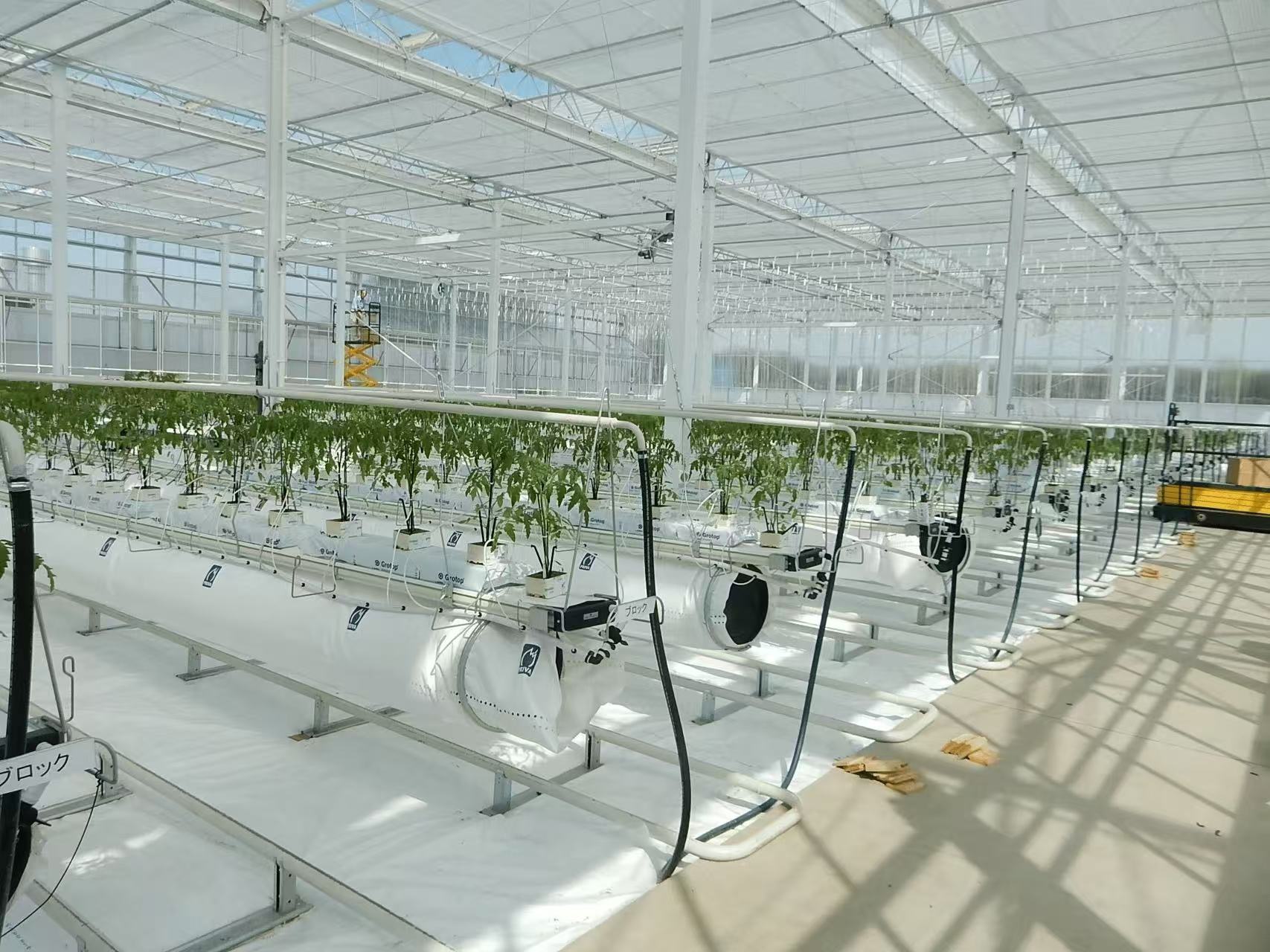
1. From Greenhouse Types: Upgrading from Low-End Diversification to High-End Quality
The development of greenhouses has evolved from arched sheds, single-span sheds, multi-span sheds to glass greenhouses. Their scale has expanded from scattered layouts to concentrated clusters; operators have upgraded from small farmers to new agricultural entities; driving effects have expanded from local pilots to demonstration park clusters; and economic models have shifted from decentralized construction to "unified planning + diversified investment" with professional, base-oriented, and market-oriented regional economic models.

2. From Engineering Technology: Shifting from Extensive Construction to Industrialized Building
The construction model has moved away from "small-scale on-site construction" towards an industrialized path of new materials, high quality, and modular assembly:
· Material Iteration: From simple materials such as bamboo poles and iron wires to durable building materials like galvanized steel pipes and steel structures; plastic films have evolved from ordinary films to specialized multi-functional films, continuously driving the upgrading of greenhouse engineering.
· Technological Upgrading: A full-chain service system covering site selection, design, material supply, construction, and maintenance has been formed. As noted at the 2022 China Greenhouse Industry Conference, the greenhouse industry, like the automotive industry, has built an ecosystem integrating industrial chains, innovation chains, market chains, and capital chains. Driven by new technologies and materials, and supported by innovations in light industry manufacturing, greenhouse engineering continues to advance with collaborative supply models.
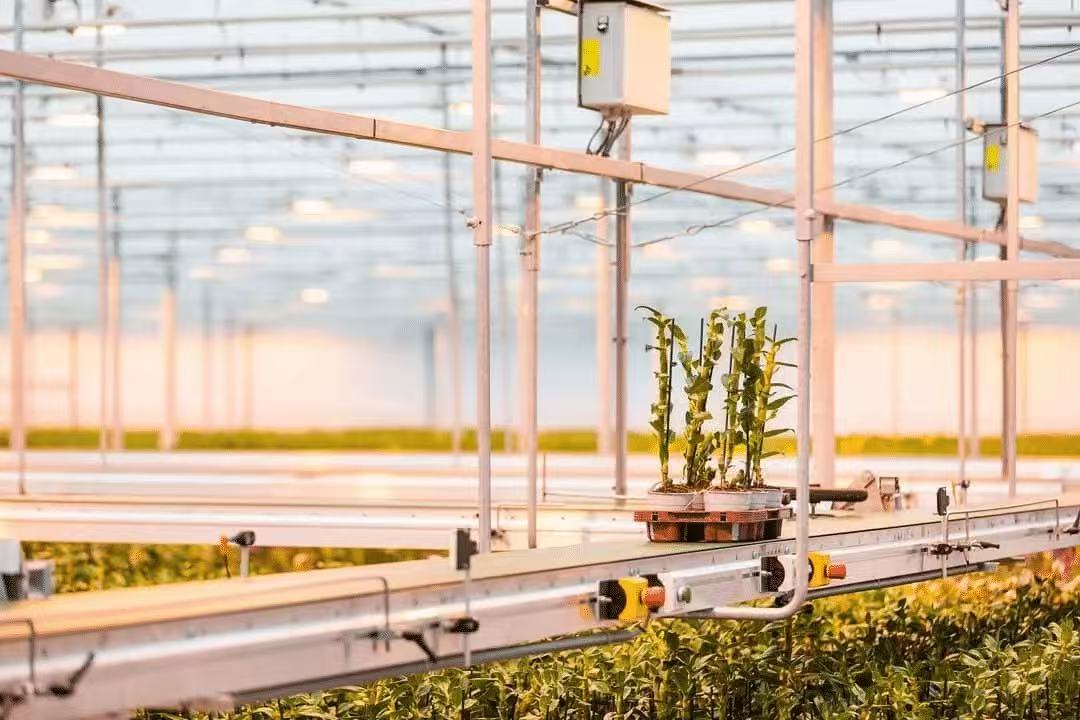
3. From Functional Applications: Expanding from Single Production to Comprehensive Three-Dimensional Utilization
Functional boundaries are constantly expanding: from seedling cultivation to planting, from planting to breeding, and from single industries to integrated production of "plants + animals + microorganisms" in a three-dimensional symbiosis system. In some regions, starting with shed seedling cultivation, the development of specialized agricultural product bases has been promoted, advancing large-scale and regionalized modern agricultural demonstrations to new heights.
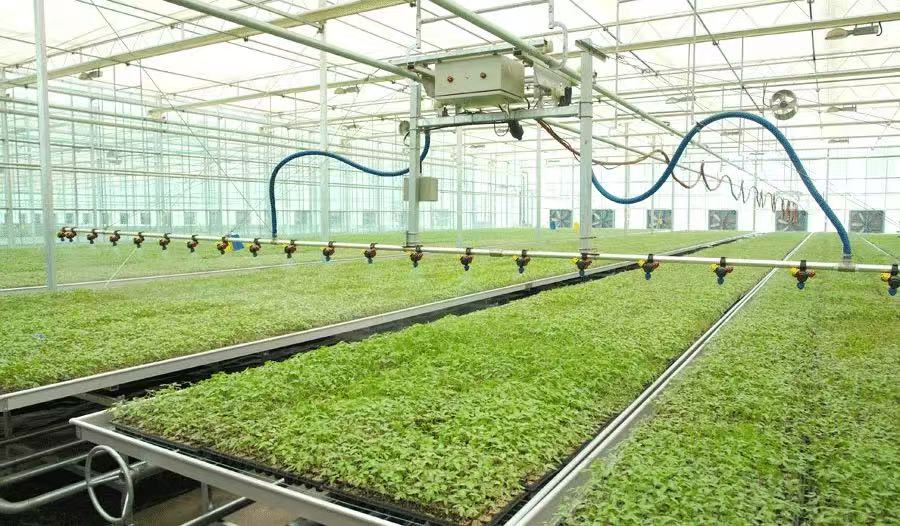
4. From Equipment Technology: Upgrading from Traditional Management to Intelligentization
The integration of the Internet of Things, digital technology, and smart agriculture has fundamentally reshaped the modernization level of greenhouses:
· Mechanization Substitution: The popularization of small agricultural machinery has released labor through "machine substitution", achieving a leap in productivity.
· Intelligent Control: The integration of network and digital technologies has promoted full-process mechanization, automation, and intelligentization of production.
· Efficient Utilization: Through precise control of temperature, humidity, and light, breakthroughs have been made from soil-based to soilless cultivation, and from flat to three-dimensional planting, significantly improving space and resource utilization.
· Green Transformation: The concept of carbon reduction has been introduced. In some regions, greenhouses are planned in coordination with enterprises such as power plants and cement factories, exploring paths for "agricultural engineering to support carbon neutrality" and opening up new scenarios for industrial integration and green development.
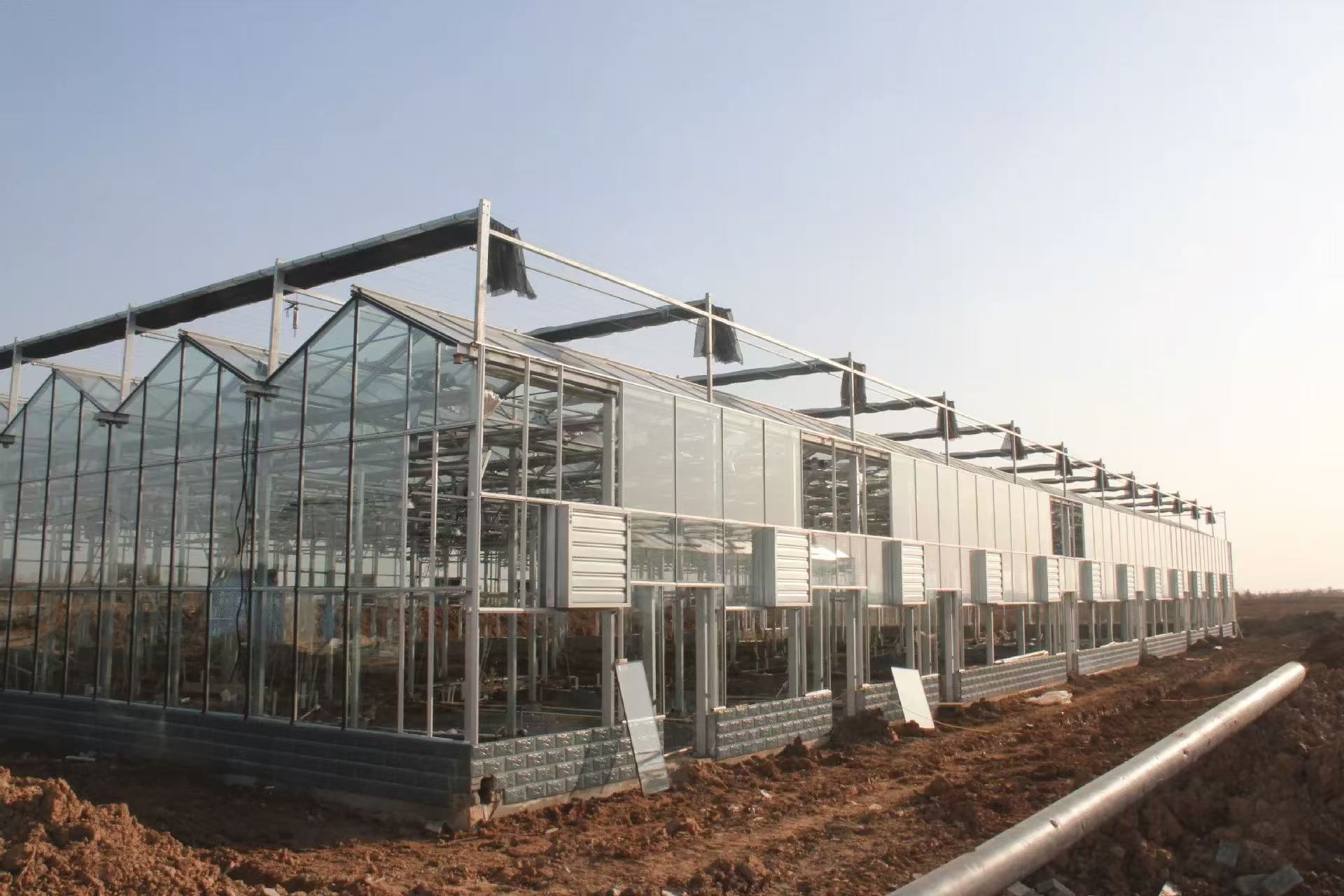
5. From Operational Efficiency: Leaping from Decentralized Operation to High-Efficiency Intensification
Qualitative changes have been achieved in operational models and benefits:
· Operational Upgrading: From "one household, one shed" to "contiguous operation", and from "self-construction and self-operation" to "integrated construction, management, and operation", new models such as property management and professional trusteeship have emerged.
· Industrial Extension: Expanding from single production to a full chain of "seedling cultivation-planting-processing-sales", it has become a core carrier for industrial restructuring and digital agriculture development.
· Efficiency Leap: The per-mu benefit has risen from "one shed equals ten fields" to new heights of 50,000, 100,000, or even 150,000 yuan. "Factory-style agriculture" has turned the concept of "judging success by per-mu output" into reality.
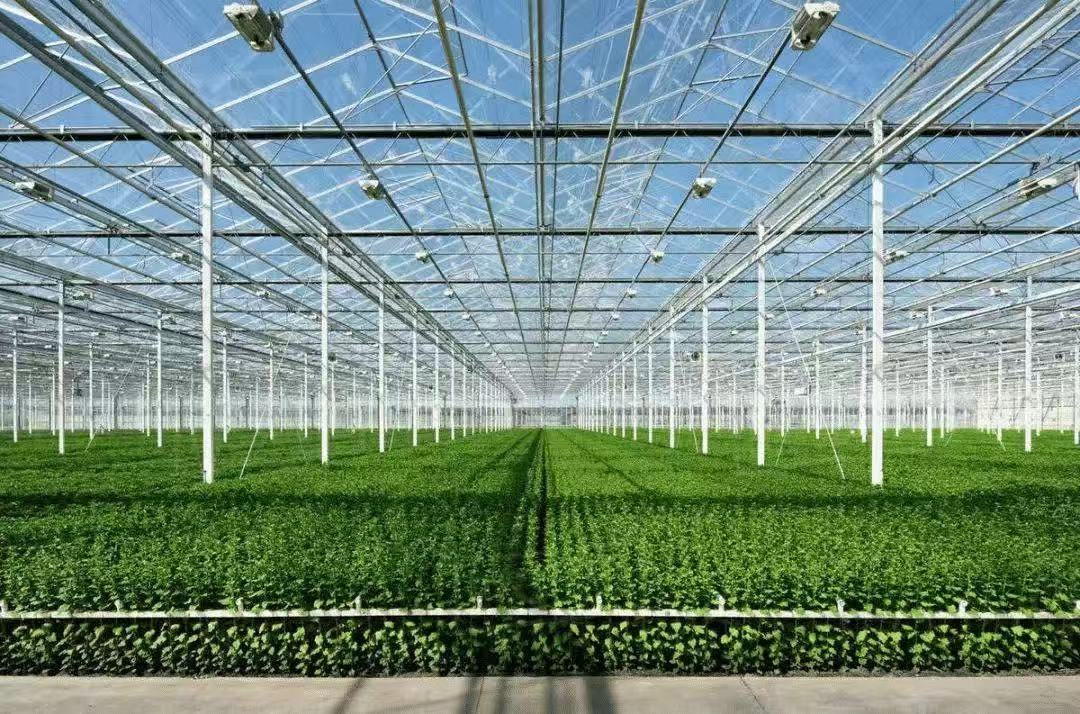
The development of greenhouse engineering is making the potential and direction of future agriculture increasingly clear.
